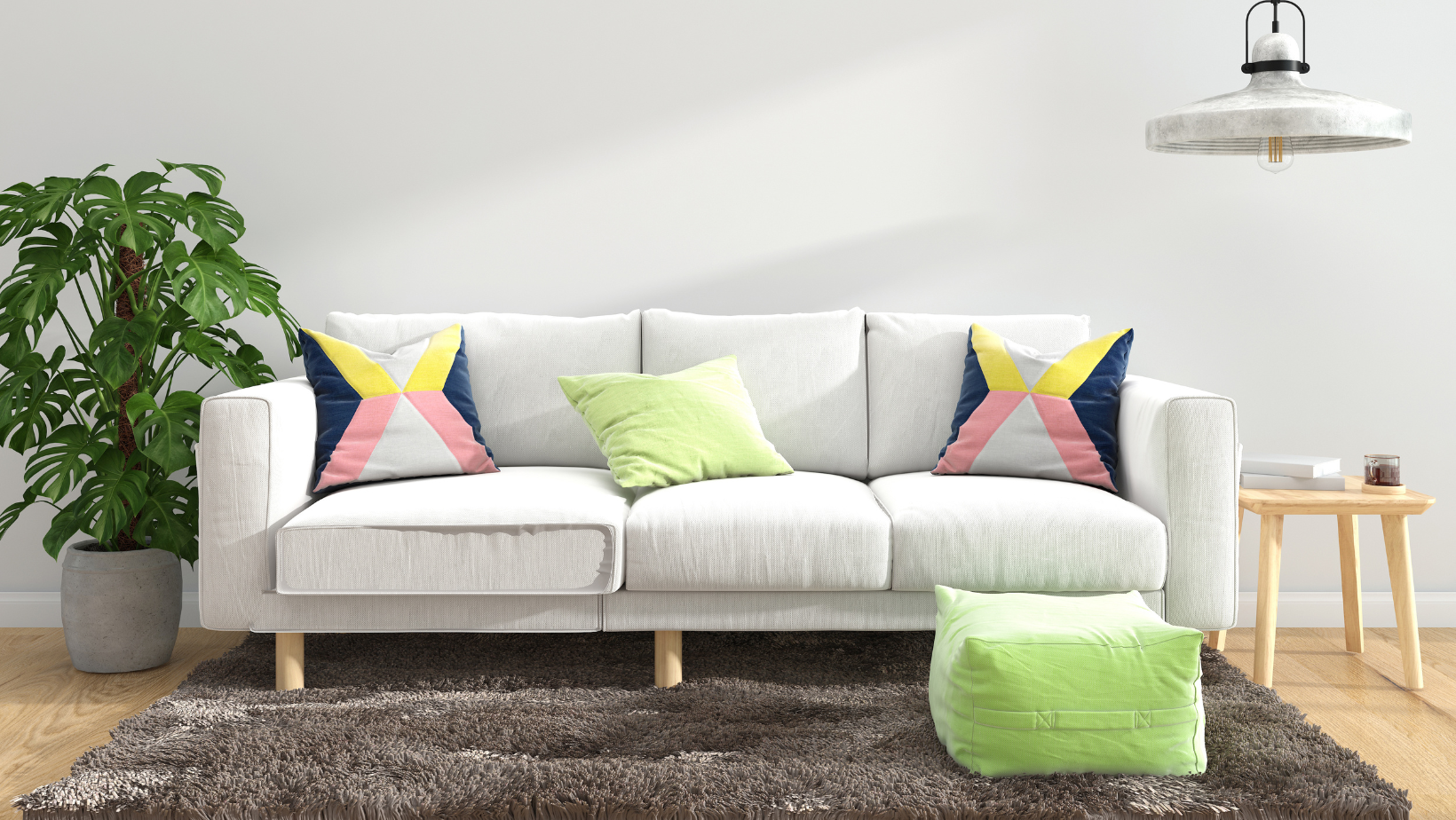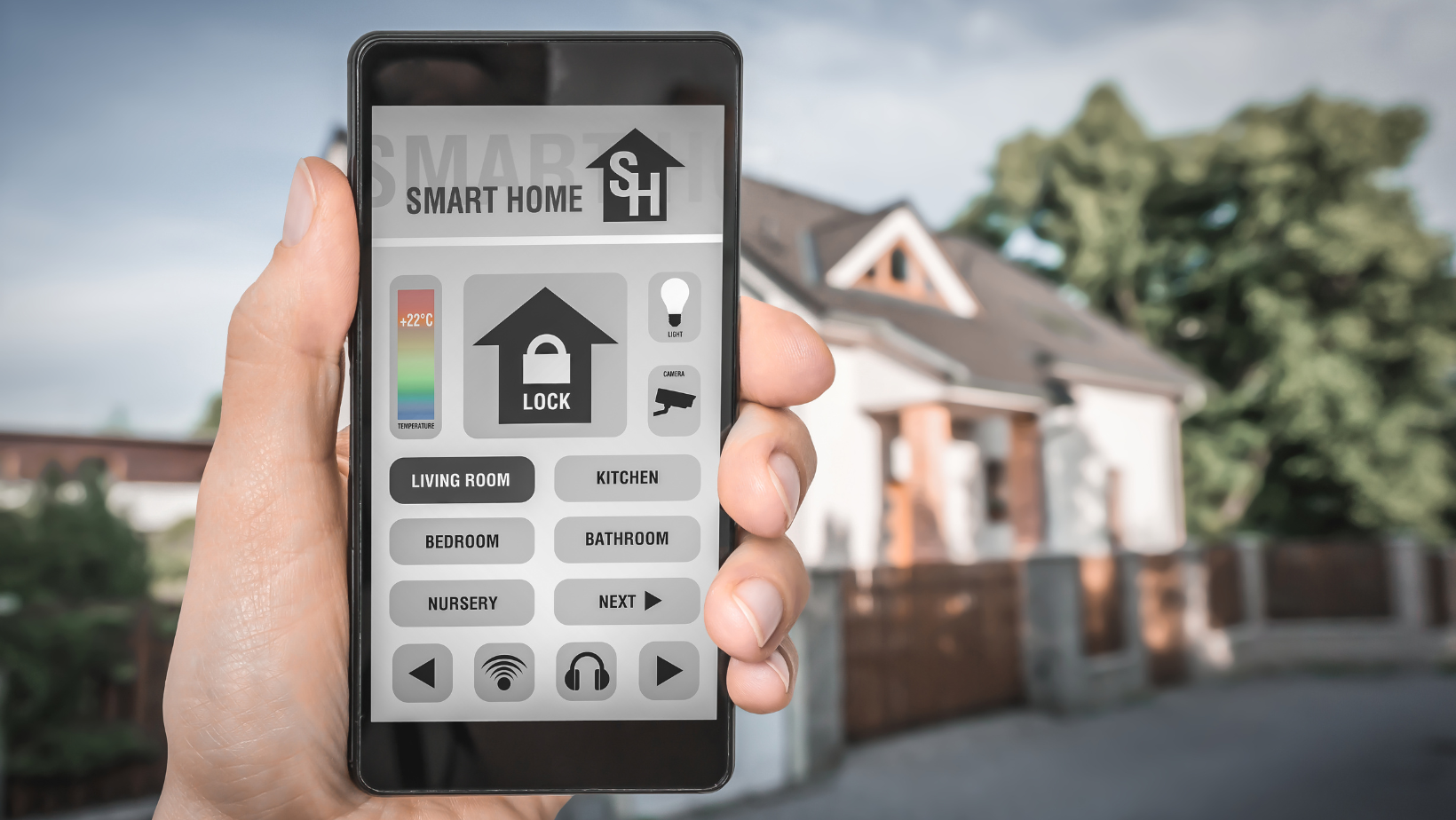When it comes to presenting a property for sale, one size doesn’t fit all. Deciding whether to stage a property depends on the specific situation. The truth is, there’s no clear-cut answer on whether staging should always be part of your sales strategy or if it’s best avoided.
In some cases, staging can significantly boost a property's appeal and value, while in others, it may simply be unnecessary—and even a waste of time and money.
Let’s break it down.
When Does Staging Make a Difference?
1. Awkwardly Shaped or Sized Rooms
Sometimes, certain rooms just don’t flow the way you'd expect. By adding the right furniture, you can create the illusion of a larger or more functional space. For buyers who might not have a great sense of how to use a space, staging can make a world of difference.
2. Properties That Need a Little Dressing Up
Some properties shine even when they’re vacant, but others need a little more help to show off their potential. Smaller, renovated homes, for instance, usually benefit from being furnished to show how cosy and practical the space can be. On the other hand, larger homes that need renovation may not require the same level of staging.
3. Decluttering or Removing Excess
Sometimes, staging is less about adding new furniture and more about taking things away. Over-cluttered spaces can feel cramped but be careful not to strip the home of its character. A balance is key—creating space while maintaining a welcoming atmosphere. The best part? Decluttering costs nothing but a little time and effort.
4. Filling in the Gaps
If a property is already looking good but certain rooms feel underwhelming, a touch of styling can make a huge impact. A space that’s been unused or overlooked can suddenly come to life with the right styling or staging.
When Staging Might Not Be Necessary
1. When the Home Is Already Well-Furnished
This may seem like an obvious one, but sometimes perfectly good furniture gets swapped out for styled pieces just to achieve a certain “look.” Buyers can tell when a property feels overly staged. If the home is already well-furnished and presents well, spending thousands of dollars on staging could be a waste.
2. When the Market Isn’t Likely to Respond Positively
Staging can be a worthwhile investment, but it carries risks. If the property doesn’t sell quickly, or if the vendor withdraws from the market, staging costs—plus advertising and marketing—can become a significant financial burden. Spending $5,000 - $10,000 on a marketing campaign and thousands on staging the property can place a substantial financial risk on the vendor from day one. Some staging companies also impose extra costs beyond the 4-to-6-week mark, which can add even more financial strain.
3. Working with Tenants to Improve Presentation
If you’re selling a rental property, it’s often more cost-effective to negotiate with tenants for a better presentation during open homes rather than moving them out entirely and spending money on staging. A small rent reduction in exchange for maintaining a tidy, welcoming space can be a win-win situation.
Staging can certainly enhance a property, but it’s not always necessary or cost-effective. Knowing when to style and when to keep things simple can make a big difference in the success of your sale.
Our experienced team at Iron Bridge is here to help provide you with the guidance needed for a successful property purchase. Get in touch with us today!


